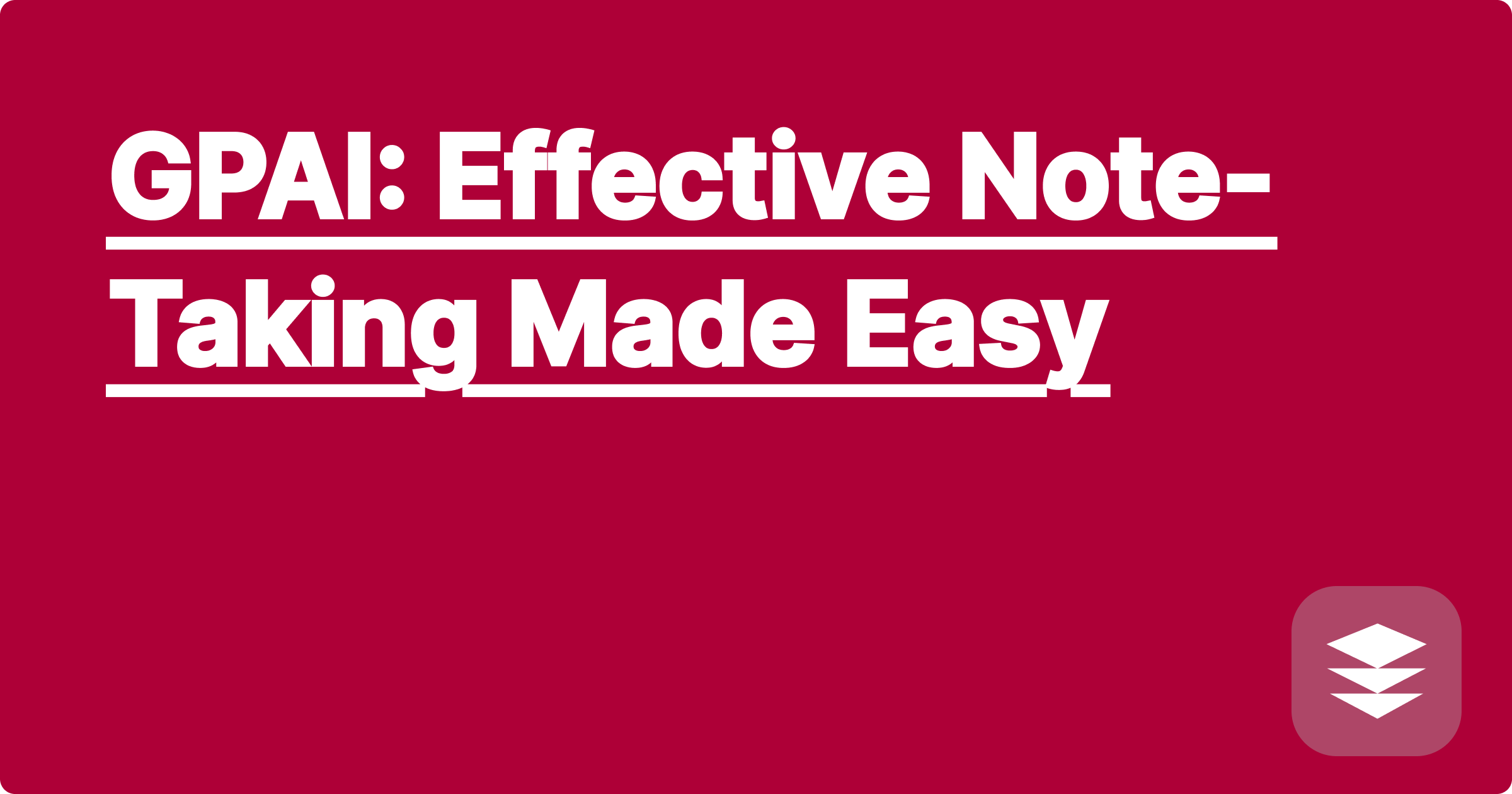
STEM fields are notorious for their dense and complex information. Students and researchers often struggle to keep up with lectures, synthesize research papers, and effectively organize their notes. This can lead to frustration, decreased comprehension, and ultimately, hinder academic performance. Artificial intelligence offers a powerful solution to this challenge, providing tools that can streamline note-taking, improve understanding, and empower STEM learners to excel.
The ability to effectively process and synthesize information is crucial for success in any STEM discipline. Whether you're a student grappling with advanced calculus or a researcher delving into the intricacies of bioinformatics, having a robust note-taking system is essential. AI-powered tools offer a transformative approach to note-taking, enabling you to move beyond traditional methods and unlock new levels of efficiency and comprehension. This empowers students and researchers to focus on deeper understanding and critical analysis, rather than getting bogged down in the mechanics of note-taking.
STEM subjects often involve complex concepts, intricate formulas, and extensive technical vocabulary. Traditional note-taking methods, such as handwritten notes or basic word processing documents, can struggle to capture the nuances of these subjects. Copying down equations, diagrams, and complex explanations can be time-consuming and error-prone. Furthermore, organizing and retrieving information from these notes can be a significant challenge, especially when dealing with large volumes of material. Students and researchers often find themselves spending hours sifting through disorganized notes, struggling to find the specific information they need. This inefficient process can detract from valuable study and research time. The sheer volume of information presented in STEM courses and research can be overwhelming, making it difficult to identify key concepts and their interrelationships. Traditional note-taking methods often fail to capture the hierarchical structure and interconnectedness of these concepts, leading to fragmented understanding and difficulty in applying knowledge to problem-solving.
AI tools like ChatGPT, Claude, and Wolfram Alpha offer a powerful solution to the challenges of STEM note-taking. These tools can transcribe lectures, summarize research papers, and even generate practice questions. ChatGPT and Claude excel at processing natural language, allowing you to ask clarifying questions about complex topics and receive concise, easily digestible explanations. Wolfram Alpha is particularly useful for mathematical and computational tasks, providing step-by-step solutions to complex equations and generating visualizations of scientific data. By leveraging these AI tools, STEM students and researchers can transform their note-taking process, making it more efficient, organized, and conducive to deep understanding. These tools can help to distill complex information into manageable chunks, identify key concepts, and create interconnected notes that facilitate deeper learning.
Begin by identifying the AI tool that best suits your needs. For text-based tasks like summarizing articles or generating explanations, ChatGPT or Claude are excellent choices. For mathematical computations and data visualization, Wolfram Alpha is ideal. Next, input the relevant information into the chosen AI tool. This could be a lecture transcript, a research paper, or a specific question you have about a concept. Then, refine your prompts to get the most relevant and useful output. For example, instead of simply asking for a summary, you can ask for a summary focusing on specific key concepts or relationships. Finally, integrate the AI-generated output into your existing note-taking system. You can copy and paste the information into a document, or use a note-taking app that allows you to directly import data from these AI tools.
Consider a student studying chemical kinetics. They could input the rate equation, rate = k[A]^m[B]^n, into Wolfram Alpha. The tool can then provide explanations of each variable, generate graphs showing the relationship between concentration and rate, and even solve for specific variables given certain conditions. Another example involves a researcher studying the effects of climate change on biodiversity. They could use ChatGPT to summarize a lengthy research paper on the topic, focusing on the key findings and their implications. The AI could also be used to generate comparative summaries of multiple papers, highlighting common themes and areas of disagreement. Furthermore, a student struggling with a complex derivation in calculus could use Wolfram Alpha to break down the steps, providing a clear and concise explanation of each operation. These examples illustrate how AI can be used to enhance understanding and streamline the learning process in various STEM disciplines.
Develop a consistent workflow for integrating AI into your note-taking process. This could involve dedicating specific times for AI-assisted note-taking or creating templates for different types of information. Don't rely solely on AI-generated summaries. Engage actively with the material by asking clarifying questions and making connections to your existing knowledge. Experiment with different AI tools and prompting techniques to find what works best for you. Remember that AI is a tool to enhance your learning, not replace it. Use it strategically to improve your understanding and efficiency, but don't neglect the importance of active learning and critical thinking. Critically evaluate the output of AI tools, ensuring that it aligns with your understanding and the information presented in your coursework or research. Collaborate with peers and share your experiences using AI for note-taking. This can help you discover new techniques and refine your approach.
To maximize the benefits of AI-powered note-taking, start by experimenting with different tools and techniques. Explore the capabilities of ChatGPT, Claude, and Wolfram Alpha to discover how they can best support your specific learning and research needs. Develop a personalized workflow that integrates these tools seamlessly into your existing study habits. Remember that the key to success in STEM lies not just in gathering information, but in understanding and applying it. AI can be a powerful ally in this journey, empowering you to unlock your full potential and achieve academic excellence.
GPAI: Master Your Coding Projects
Exam Success: GPAI's Smart Prep
GPAI: Homework? Done in Minutes!
GPAI: Streamline Your Research
GPAI: Your Problem-Solving Partner
GPAI: Effective Note-Taking Made Easy